As I stated in my previous post, memorials are meant for reflection and inspiration. The second outdoor room of the Franklin Delano Roosevelt Memorial along the tidal pool in Washington, DC, is meant to depict FDR’s fight against the Great Depression in his second presidential term (January 20, 1937–January 20, 1941). What I think is wonderfully done from an artistic perspective is the depiction of hardship suffered by common Americans through the Great Depression, and the special connection they felt to their leader in the White House. Sculptures and water dominate this space. When I reflect on the space as a historian, I am left with impressions of a special unity among the people, and a rapidly increasing tempo of events.
One sculpture depicts a lone man sitting by a radio, listening to one of the president’s famous Fireside Chats. FDR was the first president to truly use the new medium of radio to promote his message. It made ordinary people feel like they had a direct connection to the president. In our interconnected world, we take immediate personal communication for granted, but in the world of the 1930s, radio, movies, and newspapers were the fastest, most intimate means of communication. Thinking ahead, this sculpture made me think of FDR’s February 23, 1942, radio speech in which he asked Americans, like the man at the table with the radio, to follow along on their maps as he described to them the particular complexities of a global war. And one other element that is memorable is the wider setting of this statue: It's situated in a nook representing the man's home, and a quotation by FDR acknowledging Americans' trust in him through his residence in the people’s house accompanies the scene.
In another sculpture, five beaten men wait in a charity line for bread. The economic reality of Roosevelt’s second term is that the New Deal did not end the Great Depression. In 1933, unemployment stood at 25% of the workforce. Under New Deal and federal spending programs, unemployment came down to about 15% by the start of Roosevelt’s second term in 1937. With his smashing victory in the 1936 election, many expected another avalanche of New Deal legislation from FDR. Nervous about the increasing public debt, however, FDR slashed federal spending instead. Unemployment went back up, and FDR was blamed for the “Roosevelt Recession” before he reversed course and resumed deficit spending in 1938. But on the eve of World War II in 1939, unemployment still stood at 17% in the United States.
In my view as a historian, the true legacy of Roosevelt’s second term was his so-called “Court-Packing” plan in 1937. Angry at the Supreme Court’s rulings that declared key elements of his New Deal legislation unconstitutional, FDR unveiled his plan to force the retirement of all Supreme Court justices over the age of 70 and to expand the court from nine to 15 members. This would allow him to immediately appoint six new justices, and with the forced retirements of justices over 70 he would be able to appoint 12 new justices in total. FDR was accused of acting like a European dictator, deliberately undermining the courts as Hitler, Stalin, and Mussolini had done in order to extend his power over all the branches of government. Congress revolted and a major split occurred in FDR’s own Democratic Party. In the aftermath, the Supreme Court began to rule favorably on existing New Deal legislation. FDR claimed that he had lost the battle but won the war. The reality was FDR had lost serious political capital, and Congress passed little New Deal legislation in his second term.
In my personal opinion as a historian, Roosevelt’s New Deal policies did not succeed economically. What he did achieve politically, however, was to give Americans hope and restore faith that democracy remained a better form of government, and that tyranny and dictatorship was not the inevitable future.
In addition to the statues, a waterfall cascading down stone steps is the major feature of the memorial. Interpretations that I have heard say it represents the massive flow of New Deal legislation transforming the United States, or perhaps symbolizes the Tennessee Valley Authority (TVA) program of federally owned and operated dams. What I do like there is the sound and sight of the fast-flowing water. It gives an impression of a quickening of events.
In 1936, Roosevelt had professed “I hate war.” In his second term, the fires of war were consuming other nations. In July 1937, Japan invaded China, and the horrors of the Rape of Nanjing followed beginning in December. In March 1938, Germany absorbed Austria in the Anschluss, and then took the Sudetenland of Czechoslovakia after the infamous Munich conference in September. After Hitler broke the agreement and consumed the eastern portion of Czechoslovakia in March 1939, resistance in Europe stiffened. But Hitler again outfoxed the western democracies by coming to a nonaggression treaty with his mortal enemy, the Soviet Union, allowing the invasion of Poland by Nazi Germany to commence on September 1, 1939. Britain and France declared war two days later, while FDR pledged the United States to neutrality.
In the memorial, FDR’s “I hate war” quote marks the transition from the second to the third rooms. At this point in his second term, FDR was headed for retirement. It would take extraordinary circumstances for him to be able to break the two-term presidential tradition established by George Washington. But the outbreak of war in Europe, and the worsening international situation throughout 1940, provided him with those circumstances. My next post will discuss the third outdoor room of the FDR memorial concerning his momentous third term and World War II.
Note: This is the third of six posts about Franklin D. Roosevelt memorials. Read Part One. Part Two. Part Four. Part Five
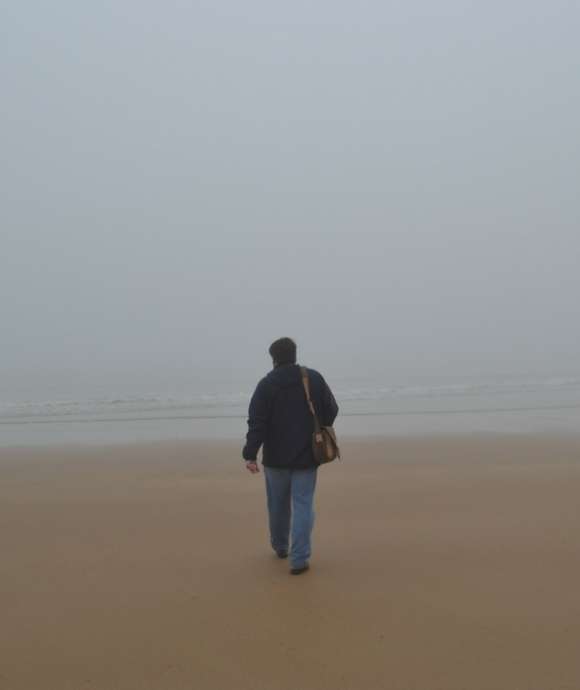
"No matter one’s age, travel is a unique and exciting educational experience. In my work, I have had the opportunity to reflect on history, events, and people in the places where they experienced life. Through the viewfinder, we can not only find history and perspective, but create memory, and evoke our evergreen past."
– Keith Huxen, PhD, Senior Director of Research and History, The National WWII Museum
Keith Huxen
Keith is the former Senior Director of Research and History in the Institute for the Study of War and Democracy at The National WWII Museum.
Cite this article:
MLA Citation:
APA Citation:
Chicago Style Citation:

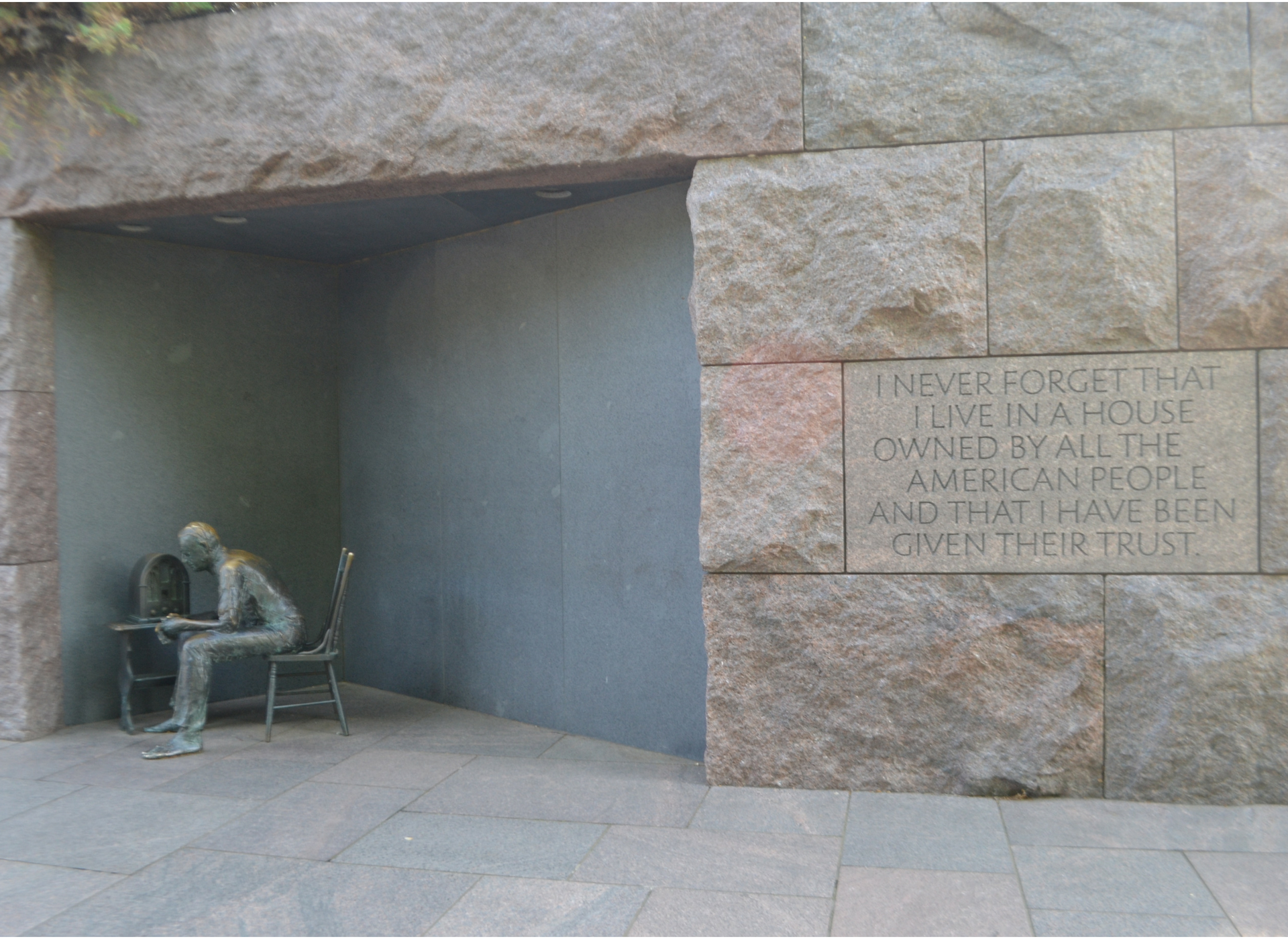
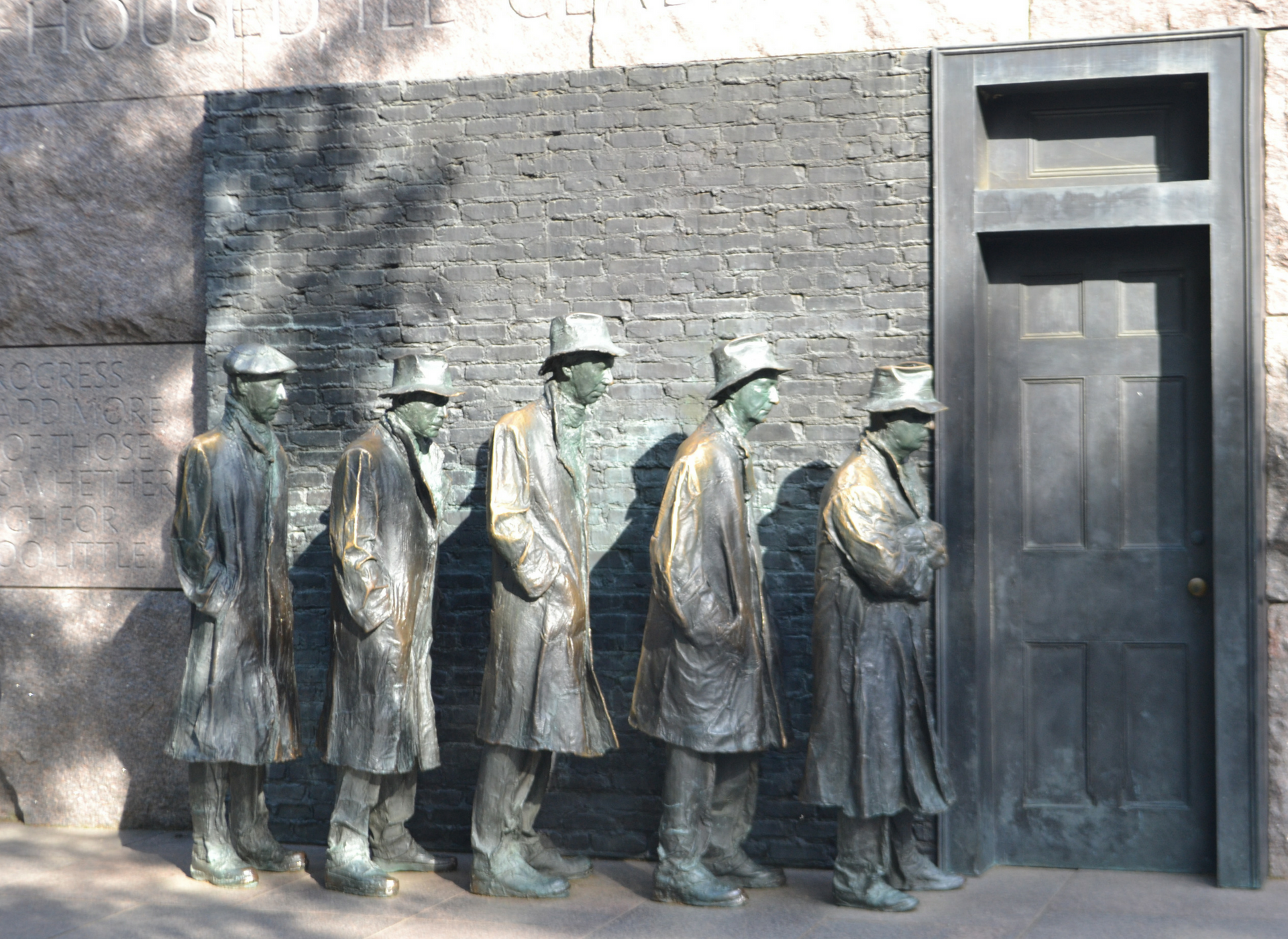
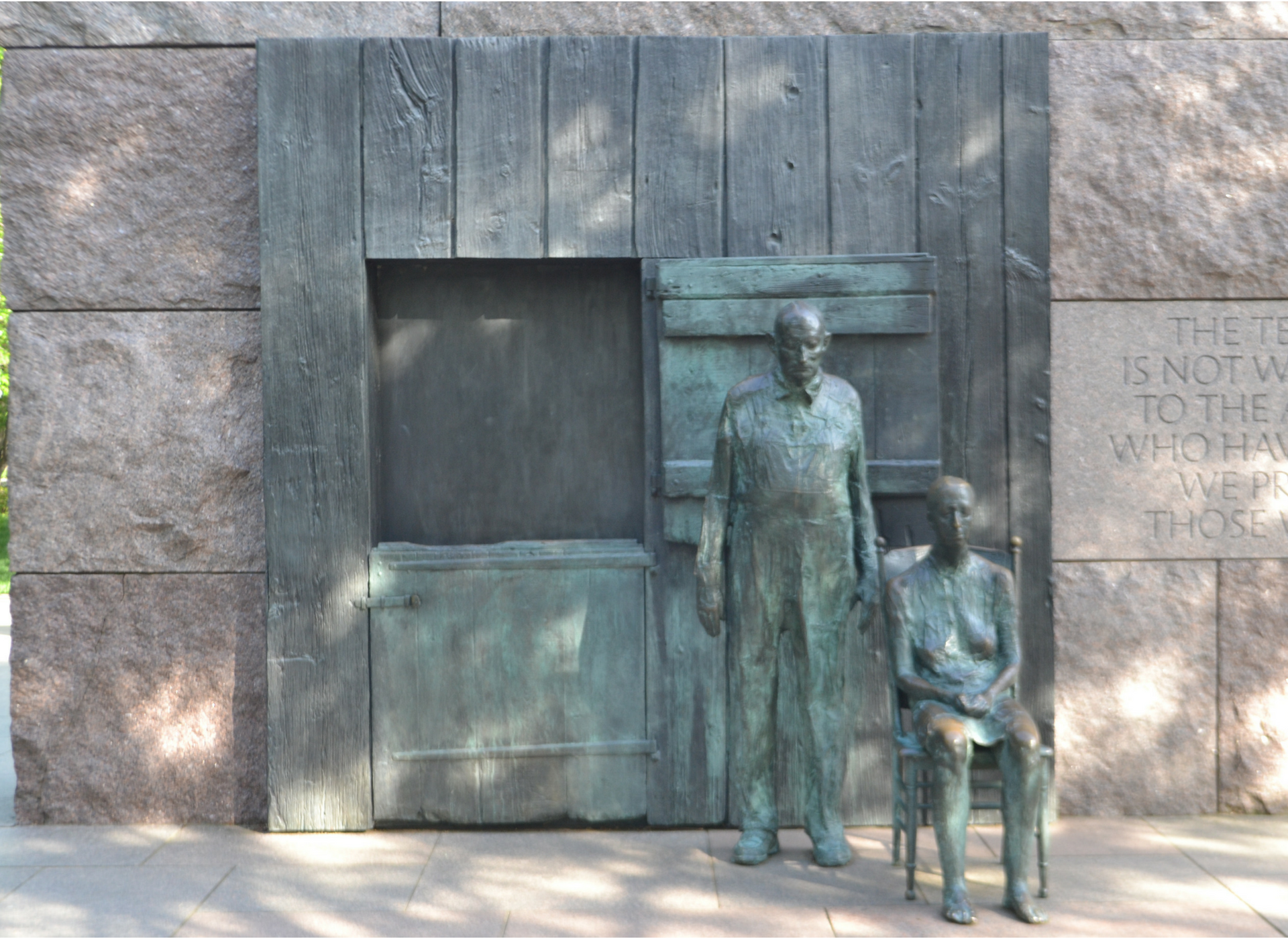
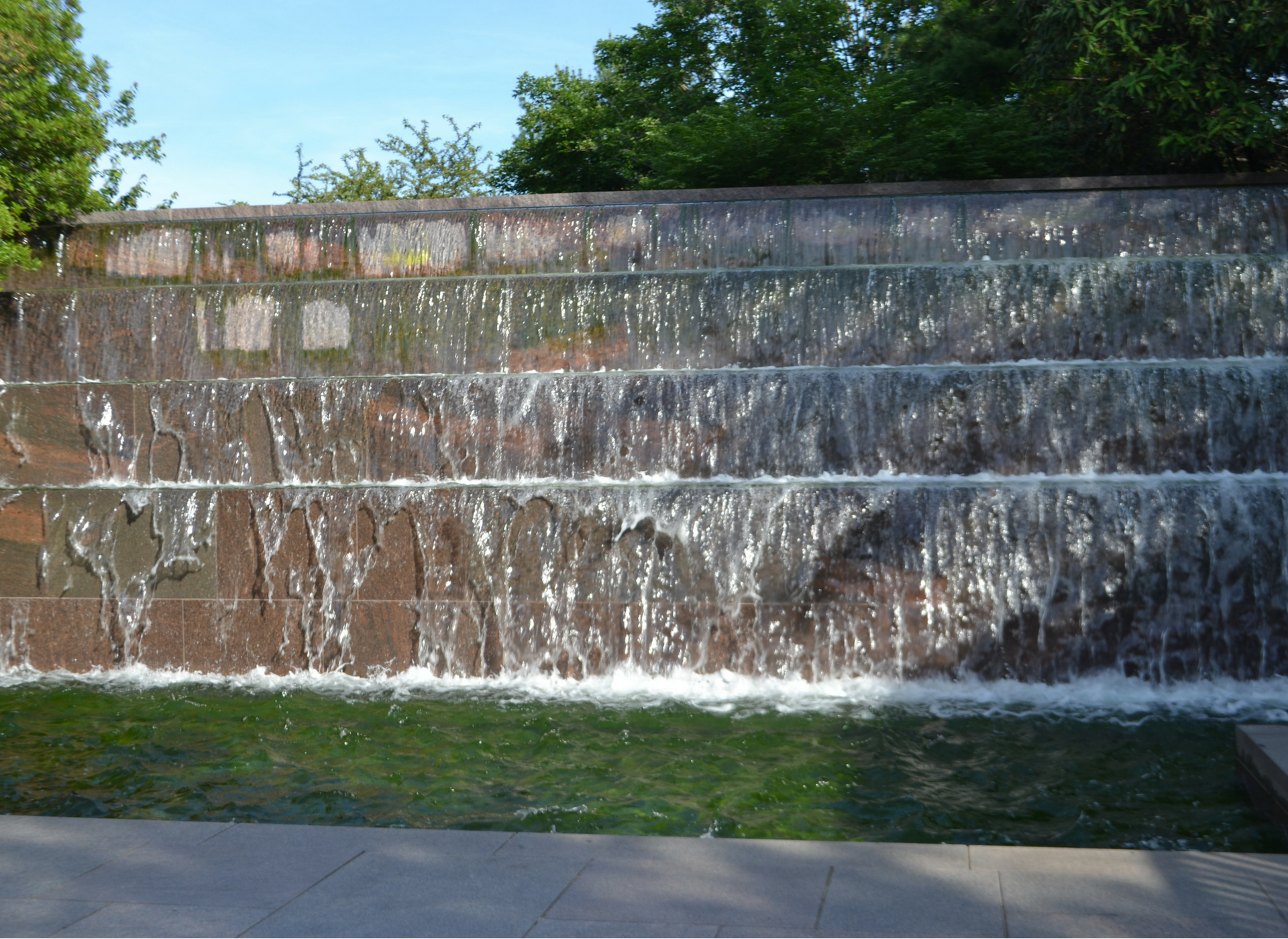
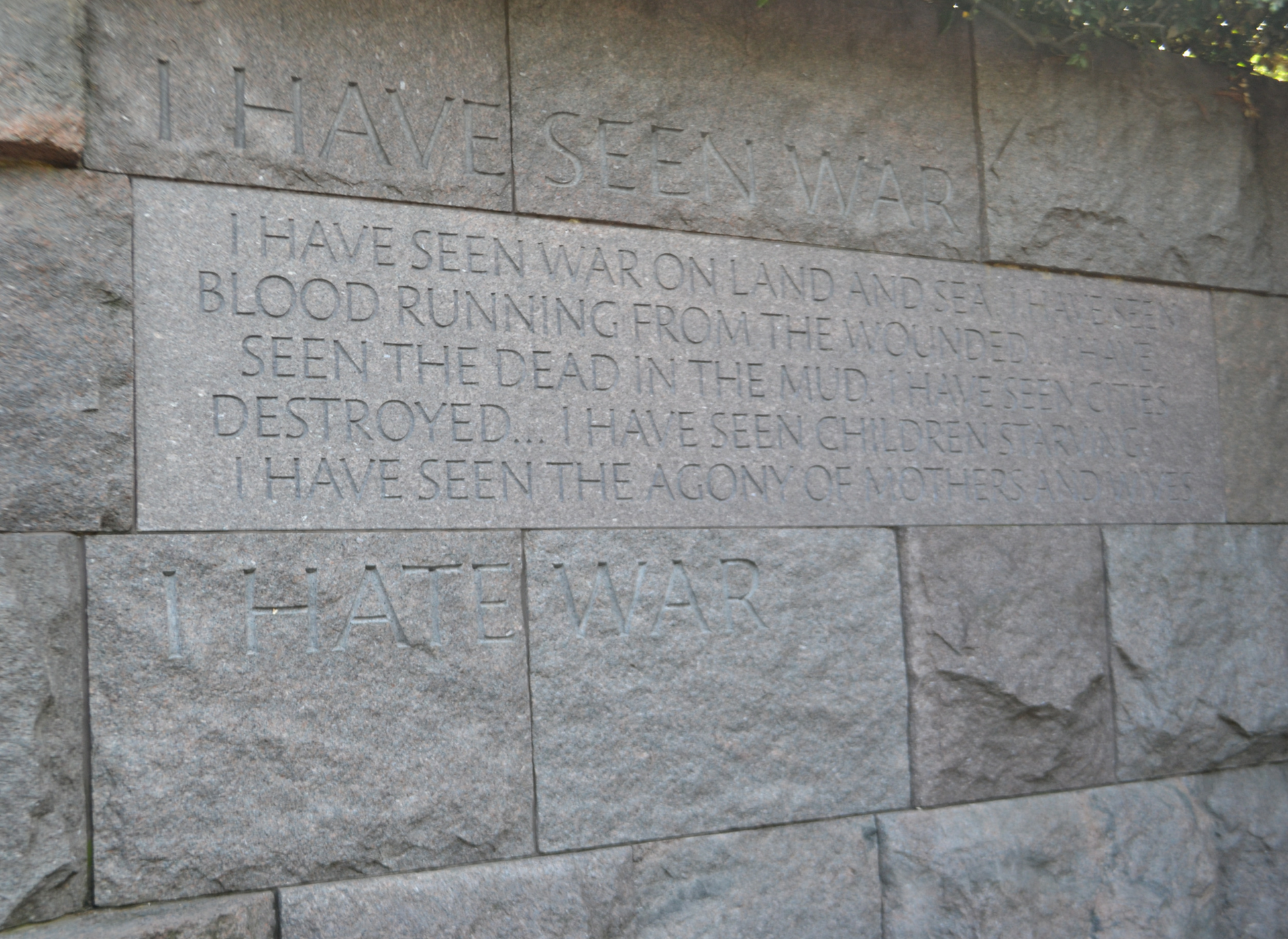




![Max Fuchs, New York City cantor, sings as Rabbi Sydney [sic] Lefkowitz, Richmond, VA, conducts the first Jewish services from Germany.](/sites/default/files/styles/max_650x650/public/2025-10/image1.jpg)



